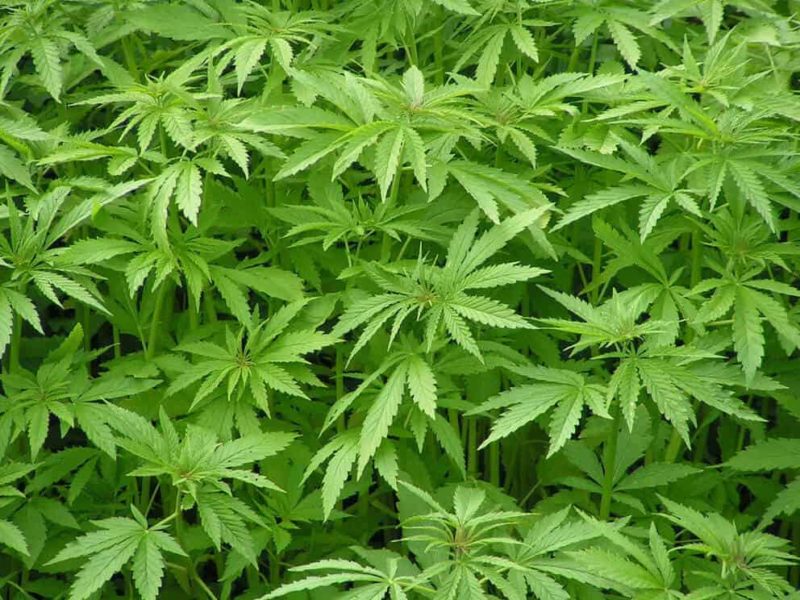On July 20, Gov. Tom Wolf signed a law allowing the Pennsylvania Department of Agriculture and institutions of higher education to grow hemp (Cannabis sativa L.) for research purposes. Penn State’s College of Agricultural Sciences is working with the state department of agriculture to develop the policies, procedures and applications needed to facilitate and guide such research projects.
Specifically, the new law establishes an Agricultural Pilot Program intended to promote the study of the growth, cultivation and marketing of industrial hemp. It requires that industrial hemp be grown only by the Pennsylvania Department of Agriculture or institutes of higher education and only on sites that are certified by and registered with the agriculture department.
“The ability to grow industrial hemp could benefit farmers in Pennsylvania by allowing them to diversify their crop bases,” said Gary Thompson, associate dean for research and graduate education, College of Agricultural Sciences, Penn State. “Our research in the Agricultural Pilot Program could help farmers to be more successful if and when the law allows them to grow industrial hemp for profit.”
Industrial hemp differs from recreational marijuana in that it has reduced concentrations of tetrahydrocannabinol (THC), which decreases or eliminates its psychoactive effects. Industrial hemp also grows quickly, can be planted on marginal land with less-than-ideal soils and can yield high-value products, such as paper, clothing, biodegradable plastics, paint, insulation, biofuel, food and animal feed.
Although the new law only just made it legal to grow hemp for research purposes, production of the crop in Pennsylvania is not new. In fact, one of the first laws passed by the General Assembly in 1683 encouraged every farmer to grow hemp for use in rope and other commodities. The crop was grown in the state for more than 260 years before it was overtaken by other crops, such as tobacco for a cash crop, and cotton in other states for fiber.
According to Greg Roth, professor of agronomy, there is interest among farmers in returning to an old crop, yet with a modern perspective.
“That modern perspective,” he said, “includes, for example, knowledge of how best to grow the crop in Pennsylvania’s climate and landscape, what varieties might perform best here and what yields can be expected when the crop is grown under both conventional and organic practices.”
Roth said that he is looking forward to networking with growers and exploring new markets for industrial hemp they may be considering. In the meantime, he is heading to an American Society of Agronomy meeting July 28-29 to learn more about “The Science of Industrial Hemp.”
At the same time, Thompson will begin work with the Pennsylvania Department of Agriculture to develop a set of guidelines for growing industrial hemp for research purposes in the commonwealth.
“As a land-grant university, it is Penn State’s duty to help Pennsylvania’s farmers succeed,” said Thompson. “There is potential in industrial hemp for a value-added crop to be grown in the state. We look forward to investigating this potential and to working with farmers to face the challenges of the future.”
If our reporting has informed or inspired you, please consider making a donation. Every contribution, no matter the size, empowers us to continue delivering accurate, engaging, and trustworthy science and medical news. Independent journalism requires time, effort, and resources—your support ensures we can keep uncovering the stories that matter most to you.
Join us in making knowledge accessible and impactful. Thank you for standing with us!

